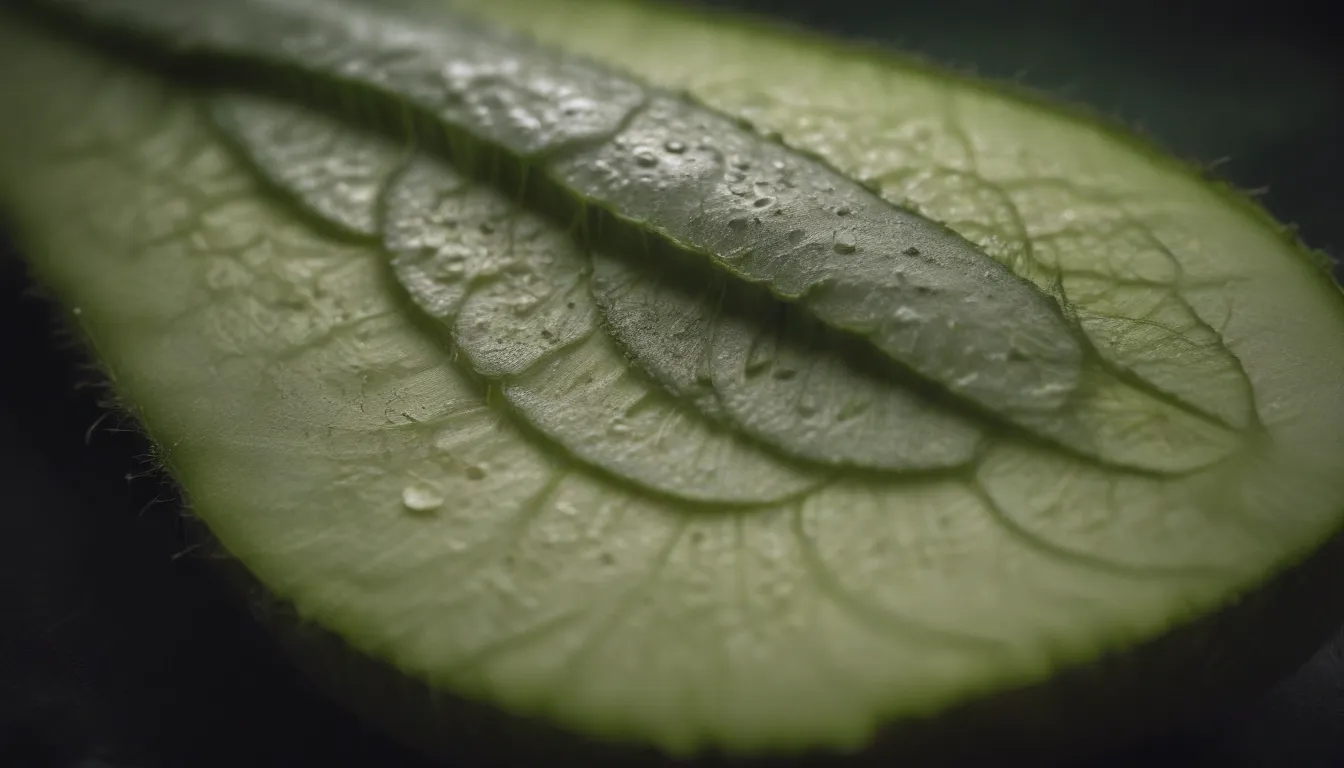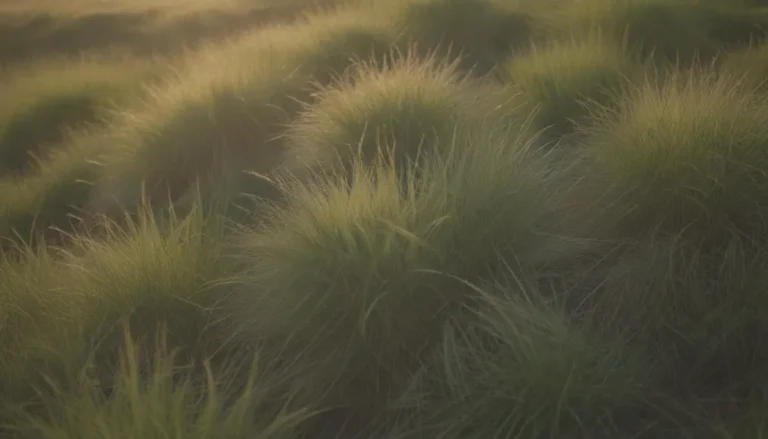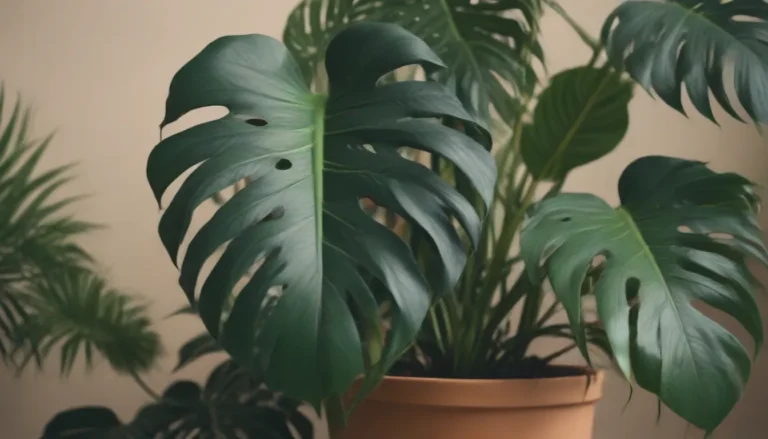Understanding Cucumber Bacterial Wilt and How to Solve Common Problems

Are your cucumber vines mysteriously wilting and dying off? You might be dealing with a case of bacterial wilt. This pesky issue is transmitted by the cucumber beetle and can wreak havoc on your cucumber plants. While there’s not much you can do once the vines are infected, there are preventive measures you can take early in the season to protect your young cucumber plants.
Recognizing the Symptoms of Bacterial Wilt
One of the telltale signs of bacterial wilt is plants wilting even when they’ve been well watered. You can perform a simple test by cutting a badly wilted stem just above soil level and squeezing it. If a sticky, oozy substance comes out, it’s likely bacterial wilt. This slimy substance clogs the plant’s circulatory system, preventing it from taking in the water it needs. The damage from cucumber wilt can happen rapidly, with dull patches on the leaves appearing within a week of infection. Within two weeks, the entire vine may start wilting, and the fruits can look deformed and small. Keep in mind that there may not always be yellowing of the leaves.
Understanding the Causes of Bacterial Wilt on Cucumbers
Bacterial wilt is caused by the bacterium Erwinia tracheiphila, which is spread by the striped cucumber beetle or the spotted cucumber beetle. These beetles can pick up the bacteria while feeding on plant leaves or overwinter with the bacteria in their digestive system. Moreover, cucumber beetles can also spread the cucumber mosaic virus. The striped cucumber beetle is about a 1/4-inch long with three black stripes on its yellow-green wings, while the spotted cucumber beetle is a similar color but with 12 black spots. Both types of beetles feed on cucurbits like cucumbers, melons, squash, pumpkins, and gourds. Their larvae are white with dark heads and posteriors and can be found in the soil under your cucumber plants.
Preventing and Controlling Bacterial Wilt
The best way to tackle bacterial wilt is by keeping your plants healthy. Cucumber beetles are more attracted to wilted plants, so ensure your plants are well-watered and well-cared for. Remember that bacteria need a wound, like a deep beetle bite or a tear, to enter the plant’s system, so be cautious not to damage your cucumber plants. Here are some additional tips for controlling bacterial wilt:
- Choose resistant varieties: Opt for cucumber varieties that are resistant to bacterial wilt.
- Monitor early: Keep a close eye on your plants for any signs of infection, such as wilting or deformities.
- Apply barriers: Consider using physical barriers or row covers to protect your plants from beetle infestations.
- Consider pesticides: In severe cases, pesticides may be necessary to control cucumber beetle populations.
Warning
If your cucumber vines become infected with bacterial wilt, they will need to be removed to prevent the spread of the disease. Unfortunately, there’s no cure for bacterial wilt, so it’s crucial to remove all infected vines in the fall.
By following these tips and staying vigilant, you can protect your cucumber plants from bacterial wilt and enjoy a bountiful harvest. Remember, prevention is key when it comes to maintaining the health of your garden. Happy gardening!
Bacterial Wilt. University of Maryland Extension





